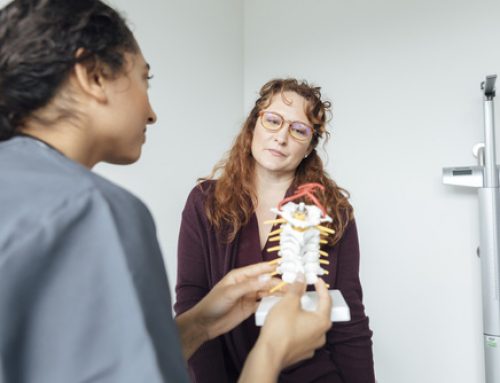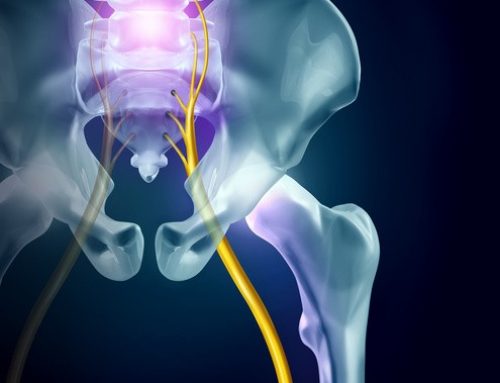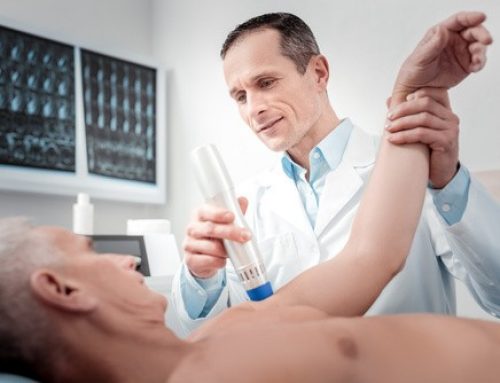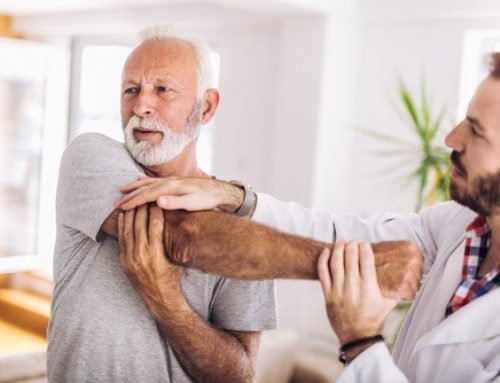We see many patients, most of whom come to us because of back pain and aches. That is how the average person will describe what is going on in their body. They will complain about, what they describe as, lower, mid or upper back troubles. While they aren’t entirely off, knowing the different areas of the spine may help. Being able to differentiate the areas of the spine may help you to communicate your aches and pains as well as prevent movements and habits that cause specific spinal discomfort.
We’ll work our way up the spine. So, first up, is the sacrum. Some patients visit us due to experiencing pain in the sacroiliac joint. This is located at the sacrum between the spine and hip. Pain in the sacroiliac (SI) joint may be felt throughout the buttocks and low back. A few of the main causes of pain in the SI joint are caused by car accidents, slip or falls, pregnancy or child bearing and hip surgery. These are all examples of ways that we put extensive pressure onto the SI joint, or experience an imbalance of pressure on our left or ride side of the SI joint. For example, if you’ve just had foot surgery and need to wear a boot, you will notice that you tend to limp or put more pressure on one leg over the other. This uneven amount of weight and pressure may cause pressure in the SI joint, leading to pain in the sacrum.
Next up is the lumbar spine. Our lumbar spine is most often what we’re referring to when we say ‘low back’. Shockingly, about 80 percent of adults experience pain in the lumbar spine throughout their life. One of the reasons that pain in the lumbar spine is so common is that it is the region of the spine that holds a majority of our upper body weight upright and in place. The more pressure it feels, or the less support we provide our lumbar spine, the more likely we are to experience pain. Some causes of lumbar spine pain may be, but are not limited to:
- Sciatica
- Sprains
- Strains
- Intervertebral disc degeneration
- Herniated discs
- Ruptured discs
- Spinal stenosis
A lot of people start to notice back pain after repeating movements for an extended period of time. For example, if a person’s job requires them to lift heavy objects, and they are always lifting from their low back, they may begin to experience back pain; whether immediately or over time. Poor posture and injury-prone repetitive motions are a huge factor in many people’s pain in the lumbar spine.
The middle to upper part of our spine is the thoracic spine. The thoracic region of the spine is the longest, sometimes considered the most complex, and runs from the base of our neck down to our abdomen. It is also the only part of our spine that connects to our rib cage. This fact makes it a very important part of the spine, since our rib cage is responsible for protecting vital organs. The most common reason for pain in the thoracic spine is muscular and joint issues, which may be caused by trauma, osteoarthritis, osteoporosis, kyphosis, scoliosis and more. Any inflammation or degeneration in the thoracic spine will likely cause a good deal of pain.
Lastly, we have the cervical spine. Most often, people refer to their cervical spine as their neck. Neck pain is also a common complaint we see in the chiropractic room. Especially with the increase in computer related work, cervical spine pain has a lot to do with posture. Any time we dump, round or hunch in the cervical spine, we put a greater amount of weight on the neck than it is equipped to bear. Proper posture, both in out of the workplace, is key to maintaining a healthy cervical spine. Prolonged periods of time slouched on the couch, hunched over a computer or phone, or even driving or in the kitchen can all contribute to pain in the cervical spine.
Now that you know how to refer to the different areas of the spine, it may make you a bit more mindful of when you’re putting a certain region at risk for injury. Notice when you’re driving, or even walking, where you’re placing weight in your back. Make it a point to maintain good posture, which will ultimately help you maintain a healthy spine. If you notice you are experiencing pain, whether acute or chronic, call our office to book an appointment with Dr. Stover. He will be sure to have you feeling great again in no time.






